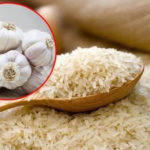1 What is a Termite?
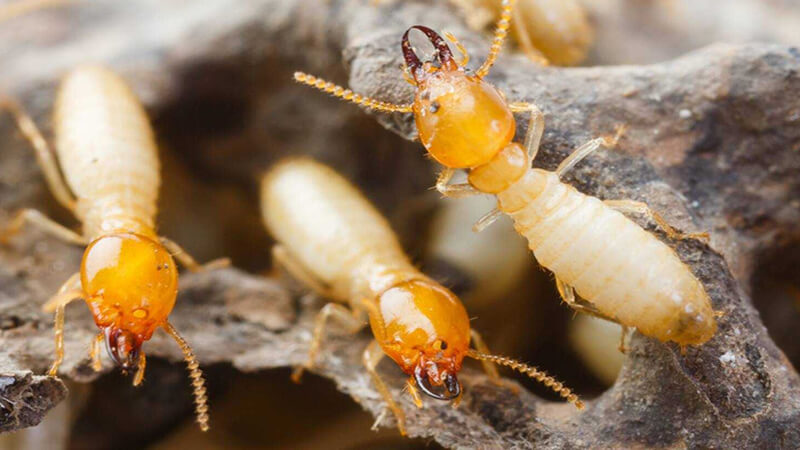 Termites
Termites
Termites are destructive insects, belonging to the beetle family with strong mandibles. They bore and damage wood and cereal grains, thus posing a threat to wooden furniture and home interiors. Homes and businesses with wooden fixtures are at risk of termite infestation and damage.
2 Differences Between Termites and Beetles
Identifying Termites
Termites are soft-bodied insects without a hard exoskeleton. They are usually gray, brown, or white and build their nests underground. At first glance, they resemble ants.
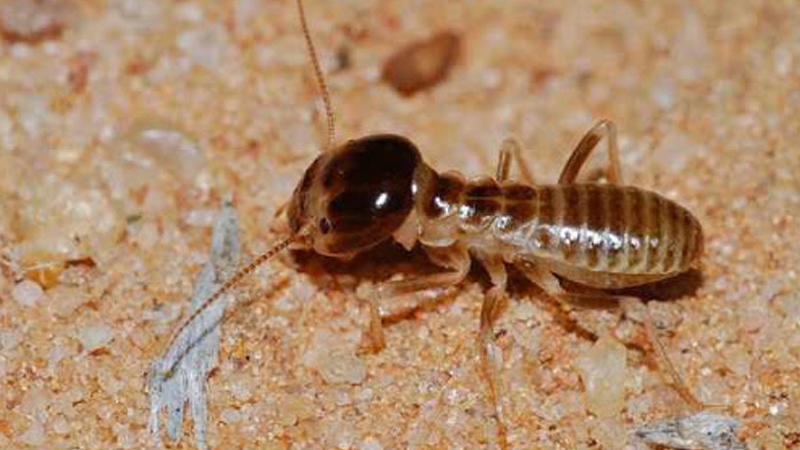 Termite
Termite
The termite’s body is broad from head to abdomen and is divided into three main parts: the head, abdomen, and thorax. The head has two straight antennae resembling small beads connected together. Termites lack eyes and rely on scent and touch to identify their targets.
The thorax is the main body part of the termite, responsible for movement and bearing three pairs of legs.
Identifying Beetles
Beetles are insects that invade and damage wooden structures, furniture, and interiors.
 Beetle
Beetle
Adult beetles are typically 10-25 mm long, brown or black in color, with a grayish tinge to their fur and two black spots on the thorax resembling eyes. Beetle larvae are grayish-white and can grow up to 35 mm in length.
Female beetles often lay their eggs in cracks or crevices in wood. From there, the eggs hatch into larvae, which bore into wood chips and tree bark to move deeper into the wood. Beetles usually invade and damage dead tree trunks or forgotten wood blocks.
3 Types of Beetles
Rice Weevil (Sitophilus oryzae)
The rice weevil damages various grains such as rice, cereals, corn, and wheat. Adult weevils have long snouts and are about 2 mm long. They are brown or black, with four orange or red spots on their wings arranged in a cross shape.
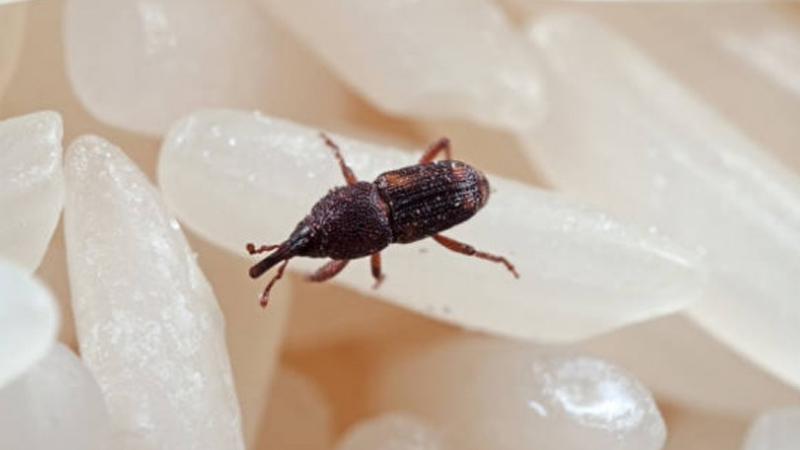 Rice Weevil (Sitophilus oryzae)
Rice Weevil (Sitophilus oryzae)
Adult rice weevils have a life span of two years. Each day, the female lays 2-6 eggs in the hole of a rice grain, and it is estimated that she can lay up to 300 eggs in her lifetime. Gradually, the larvae grow inside the grain and emerge to damage the rice.
Rice weevils can be killed by heating at 60°C (140°F) for 15 minutes or freezing at −18°C (0°F) for three days.
Bean Weevil or Seed Beetle (Bruchinae)
The bean weevil is an insect that damages various types of bean seeds, and most of its life is spent inside the seeds it feeds on.
This subfamily includes about 1,350 species.
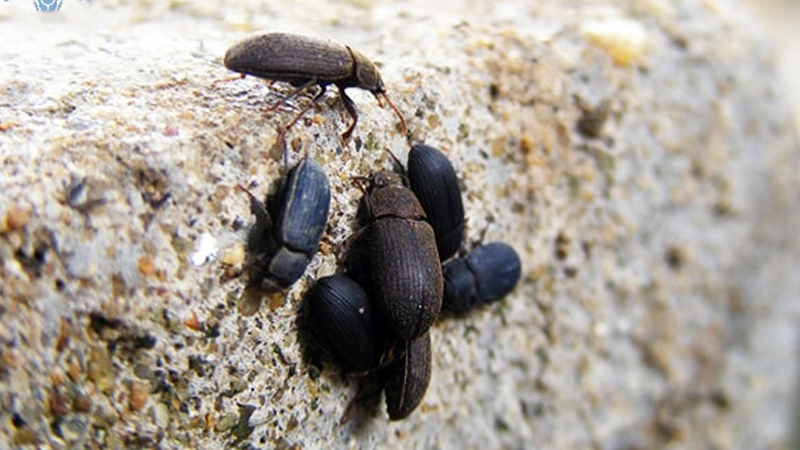 Bean Weevil or Seed Beetle (Bruchinae)
Bean Weevil or Seed Beetle (Bruchinae)
Granary Weevil or Khapra Beetle (Trogoderma granarium)
The granary weevil is a species of beetle in the family Dermestidae. It originates from South Asia and is ranked among the 100 most invasive species globally. It is challenging to control the level of damage caused by granary weevils as they can survive for extended periods without food.
Additionally, they prefer dry conditions and feed on low-moisture foods. They are also resistant to some insecticides.
Peanut Weevil (Caryedon serratus)
The peanut weevil is a species of beetle in the family Bruchidae and is listed as a quarantine object in Group I, which comprises microorganisms that pose a high risk of causing severe damage to plants.
Currently, the peanut weevil is not present in Vietnam.
4 Do Wood Beetles Eat Rice?
According to Professor and Doctor Bui Cong Hien, formerly a lecturer at the Faculty of Biology, Hanoi National University: “Rice weevils and wood beetles are two different types of insects with distinct habitats and food sources. Wood beetles do not eat rice, and vice versa. The treatment method depends on the type of beetle.”
5 Impact of Rice Weevils on Rice
Rice weevils significantly impact rice quality. They diminish the aesthetic appeal of rice and reduce its nutritional value and taste.
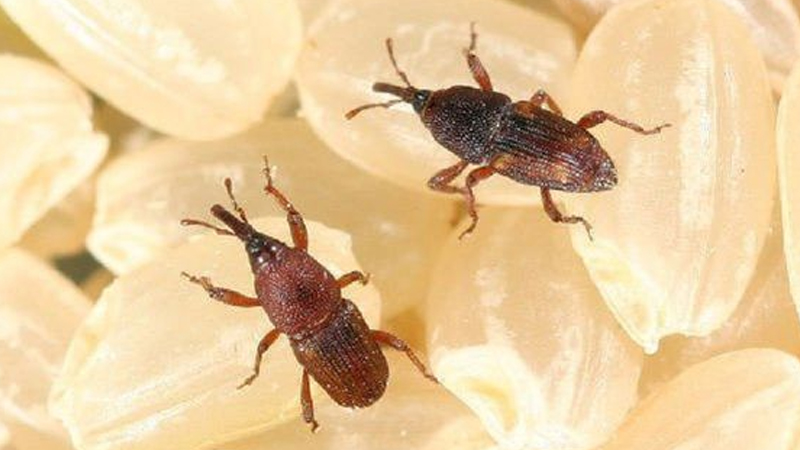 Rice weevils affect rice yield and quality
Rice weevils affect rice yield and quality
Rice weevils lay their eggs inside rice grains, and when the eggs hatch, the larvae develop inside the grain, gradually consuming the starch. As a result, rice grains infested by weevils are left with only two thin husks and become unusable.
6 10 Simple and Effective Ways to Get Rid of Termites and Beetles
Sun-dry Affected Items
If your belongings are infested with termites or beetles, place them under direct sunlight for 2-3 days to inhibit their growth and effectively eliminate them. However, this method is only suitable for items that are not severely damaged.

Use Salt to Get Rid of Termites
Salt is a highly effective, traditional method of termite control as termites detest salt. Sprinkle salt along their paths or directly into their nests, and they will stay away from your home. This method is also safe for your family’s health and won’t cause poisoning.
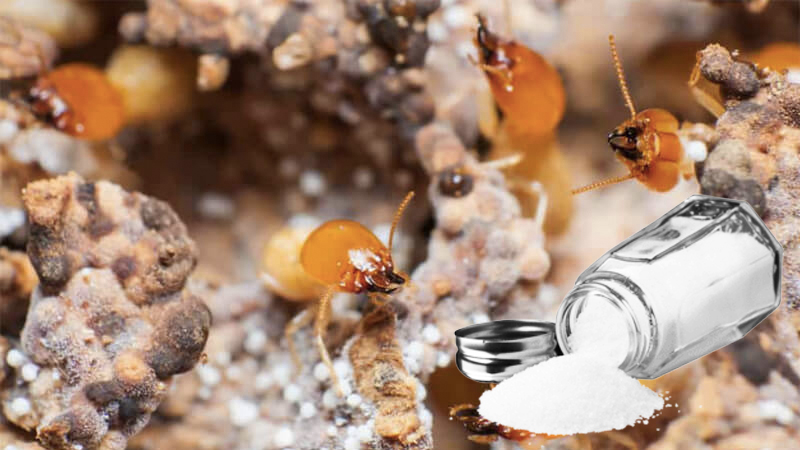 Salt is a natural repellent for termites and beetles
Salt is a natural repellent for termites and beetles
Use Vinegar and Lemon to Get Rid of Termites
Vinegar, when combined with lemon, creates an effective mixture for termite control. Simply mix one cup of white vinegar with the juice of four lemons and pour the mixture into a spray bottle. Spray this solution directly into termite nests or along their frequent paths. This method is both effective and safe for your family and pets.
Use Kerosene, Oil, or Gasoline to Get Rid of Beetles
The strong scent of kerosene and oil will repel even the most stubborn beetles.
Soak a dry cloth or brush in kerosene, oil, or gasoline, and apply it to wooden items infested with beetles. Expose these items to direct sunlight for 2-3 hours, then apply another coat of the chosen liquid and leave them in the sun for a few more hours. Finally, wipe the items with a soap-infused cloth, and the beetles will be gone.
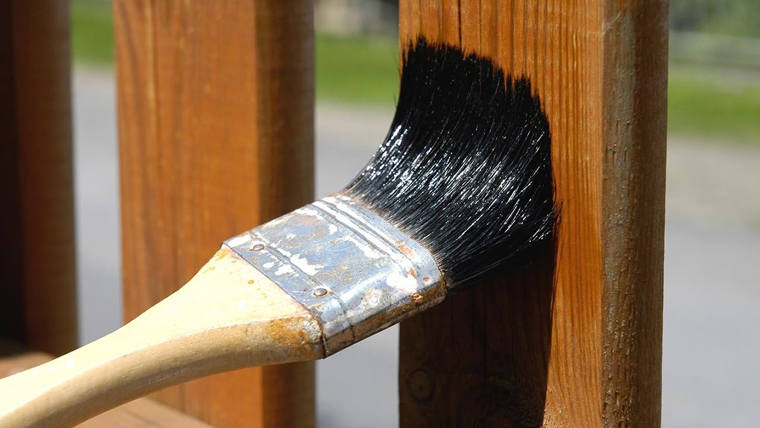
Use Borax to Get Rid of Termites
Borax is an effective termite control method due to its toxic nature. Simply mix borax with and to attract termites, and sprinkle this mixture near their nests or frequent spots. Over time, the termites will gradually disappear from your home.
Note: Do not sprinkle this borax mixture in areas accessible to children or pets, as it can be harmful if ingested.
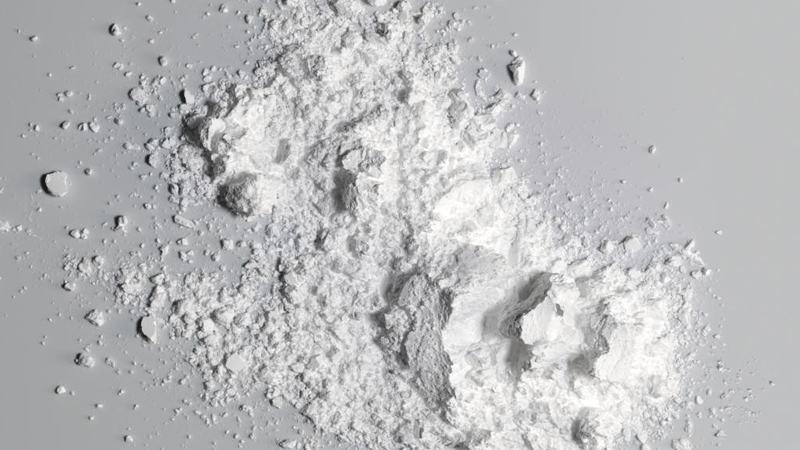 Borax is toxic and effective against termites, but it should not be used if children or pets are present
Borax is toxic and effective against termites, but it should not be used if children or pets are present
Use Lime to Get Rid of Termites
Lime has been a traditional termite control method for a long time due to its high effectiveness and safety. There are two ways to use lime:
Method 1: Sprinkle lime directly into termite nests to eradicate them at the source.
Method 2: Mix lime with water and pour it into termite nests. The heat generated by the lime will instantly kill the termites.
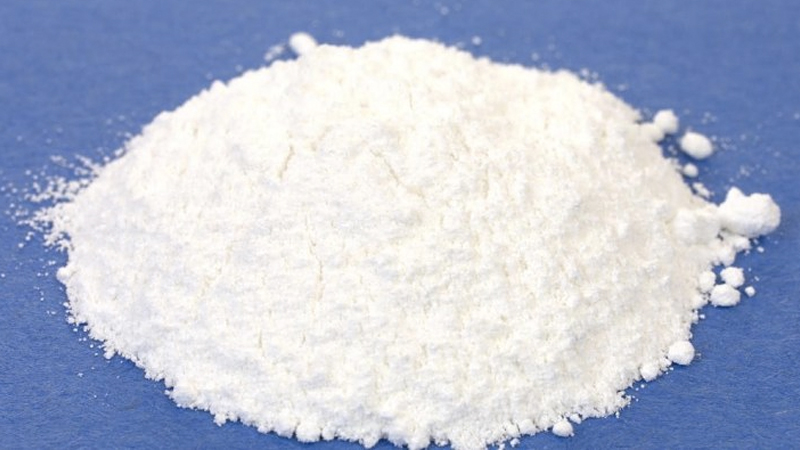 The heat from lime will instantly kill termites
The heat from lime will instantly kill termites
Soak Items in Water
Another simple way to get rid of termites and beetles is to soak small items in water for 1-2 days. The insects will die, and you can then wipe the items dry with a cloth.
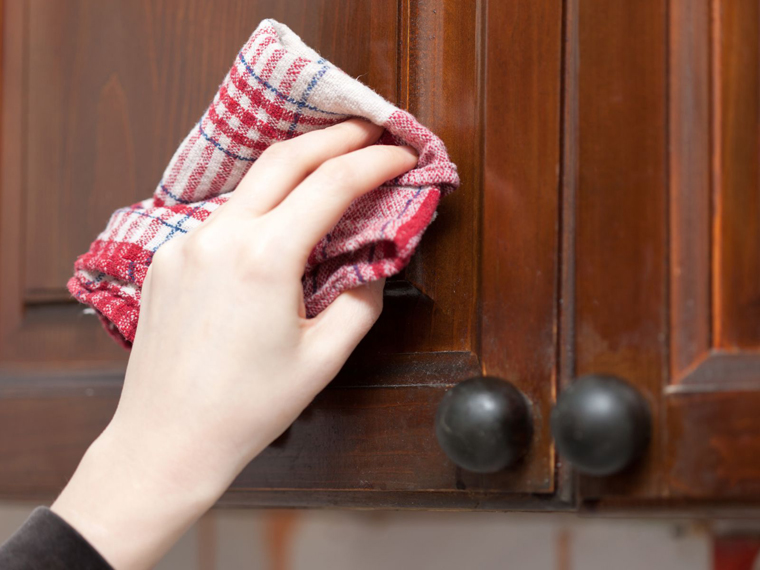
Burn and Destroy Termite Nests
Burning termite nests is a traditional and effective method passed down through generations. The simplest way is to dig around the nest and set it on fire, or you can dig directly into the nest and kill the queen termite.
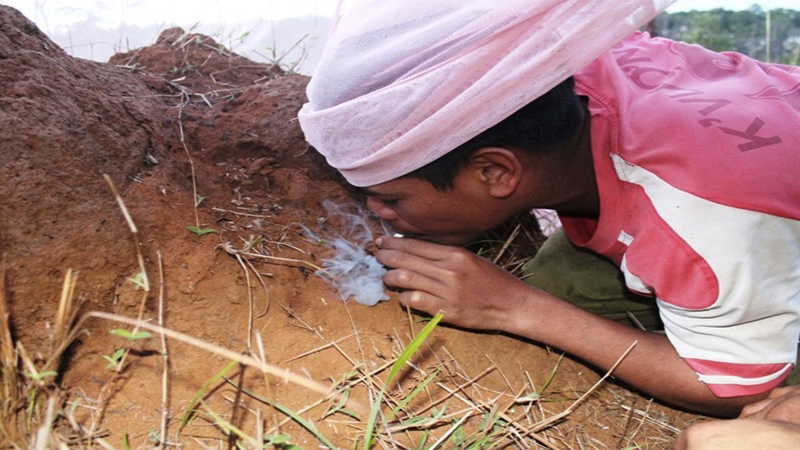
Flood Termite Nests
Farmers discovered that after a flood, termites could not survive as their nests were submerged, immobilizing and killing them.
However, this method is only suitable for outdoor nests and not for those inside homes.
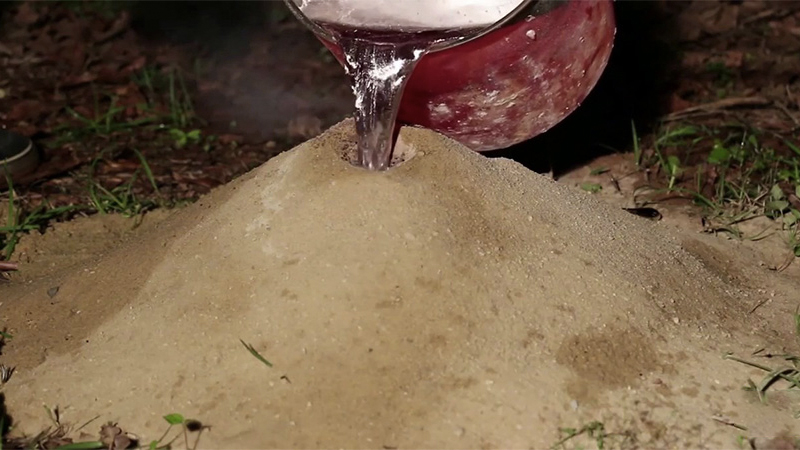
Use Termite Bait and Insecticides
If all else fails, use termite bait and insecticides, the most effective method to date. However, it requires knowledge and caution.
There are many types of termite insecticides on the market, each with its advantages and disadvantages. For more details, refer to our article .
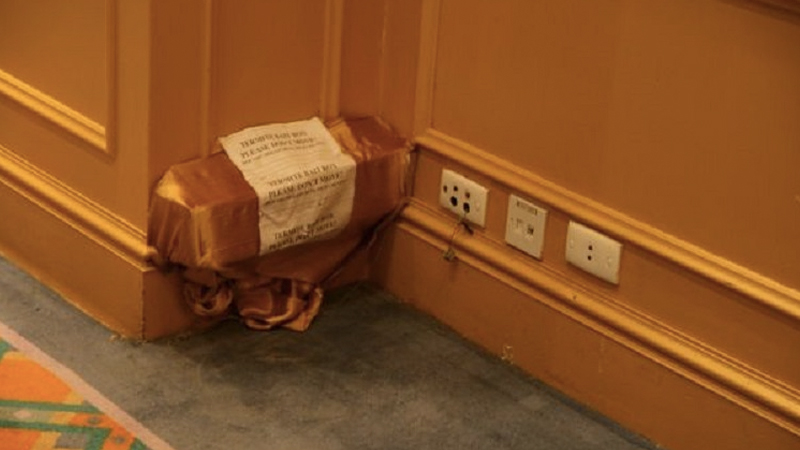
The above are . We hope that these tips will help you maintain a clean home and effectively preserve your belongings!





